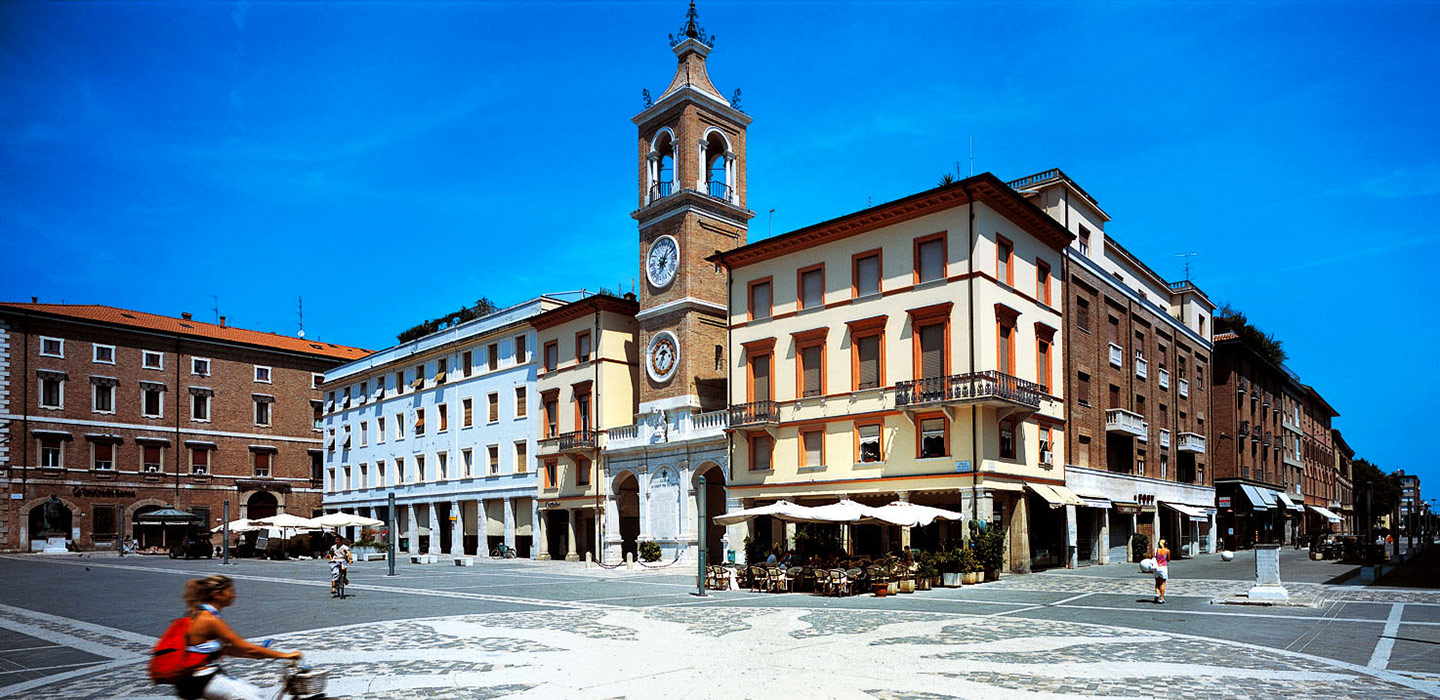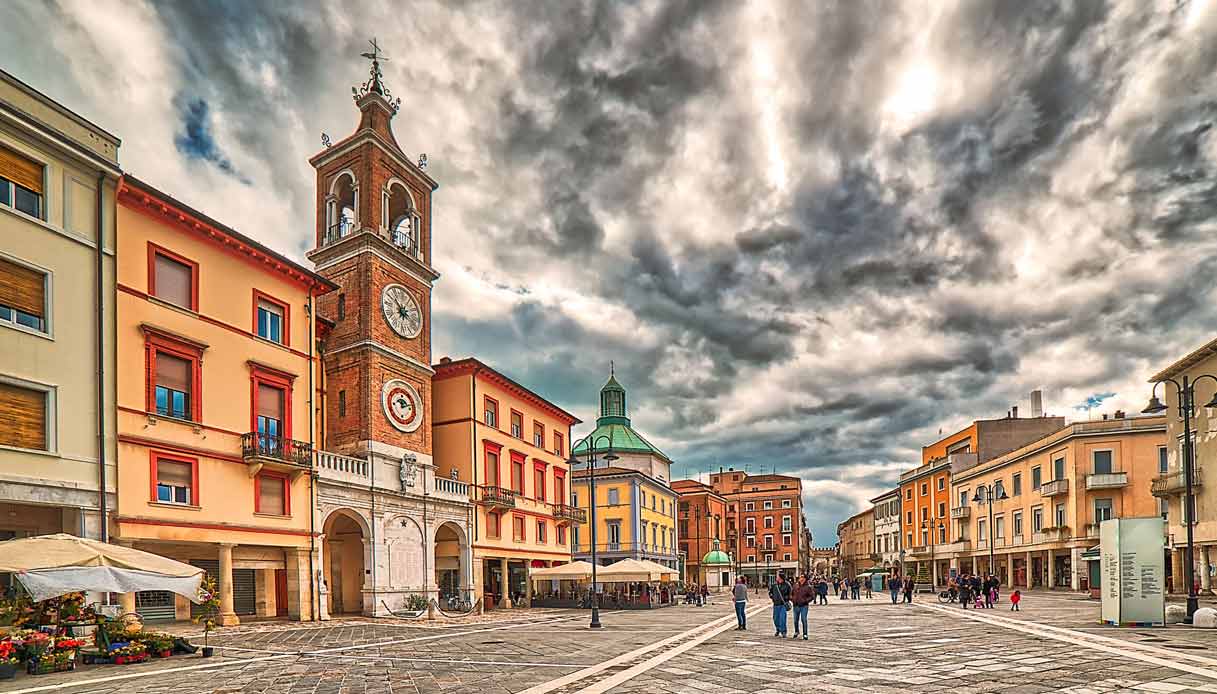



However, Rimini is not only a holiday resort on the Romagna Riviera, but also a city of not indifferent historical-cultural level (even if this aspect is usually placed in the background compared to the more famous one of the capital of nightlife and social life).

In fact, a colony founded by the Romans in 268 BC, for the entire period of their domination it was a fundamental communication node between the north and south of the peninsula, and on its soil the Roman emperors erected monuments such as the Arch of Augustus, the Tiberius Bridge and the Amphitheater; while during the early Renaissance, under the Malatesta, his court was one of the liveliest of the time, hosting artists of the caliber of Leon Battista Alberti, Piero della Francesca, Roberto Valturio, Matteo de 'Pasti and producing works such as the Malatesta Temple .
In the nineteenth century it was then one of the most active cities on the revolutionary front, hosting many of the uprisings aimed at unification, while during the Second World War the city was the scene of hard clashes and bitter bombings, but also of a fierce partisan resistance, which earned her the honor of a gold medal for civil valor.

In 1922 Riccione, at the time a fraction of the municipality of Rimini, which had rapidly developed as a seaside resort, became a municipality in its own right. With the fascist regime, elite tourism was supplanted by the birth of mass tourism, with the construction of numerous hotels, pensions and villas, and the opening of marine colonies in the suburbs; the historic city was instead affected by the renovation of the Borgo San Giuliano (1931) and the isolation of the Arch of Augustus (1938). In the same period, works of great importance for the future urban layout were built, including the Marecchia diverter (1931), the seafront (starting from 1935) and the Rimini-Miramare airport (1938).

In 1939 the airport became the seat of an air force department and a stopover for the Rome-Venice airline. (VIDEO of the Istituto Luce)
During the Second World War, between 1 November 1943 and September 1944 during the Operation Olive, whose purpose was to break through the Gothic Line, 11,510 air missions were carried out over Rimini, of which 486 on the single day of 18 September, and 754 armored vehicles were destroyed or damaged.
According to a German estimate, by the end of the battle more than 80% of Rimini had been razed to the ground.
Rimini
Address: Piazzale Fellini, 3
Phone: +39 0541 704587
Site:
http://www.riminiturismo.it/Location inserted by
BBCC